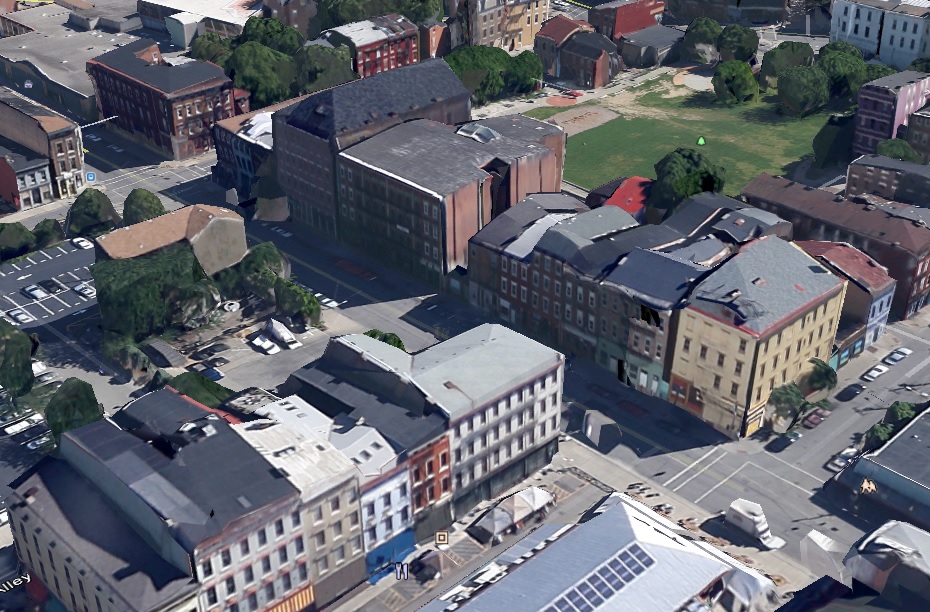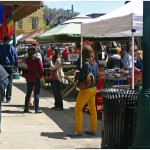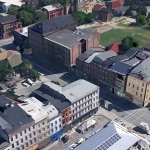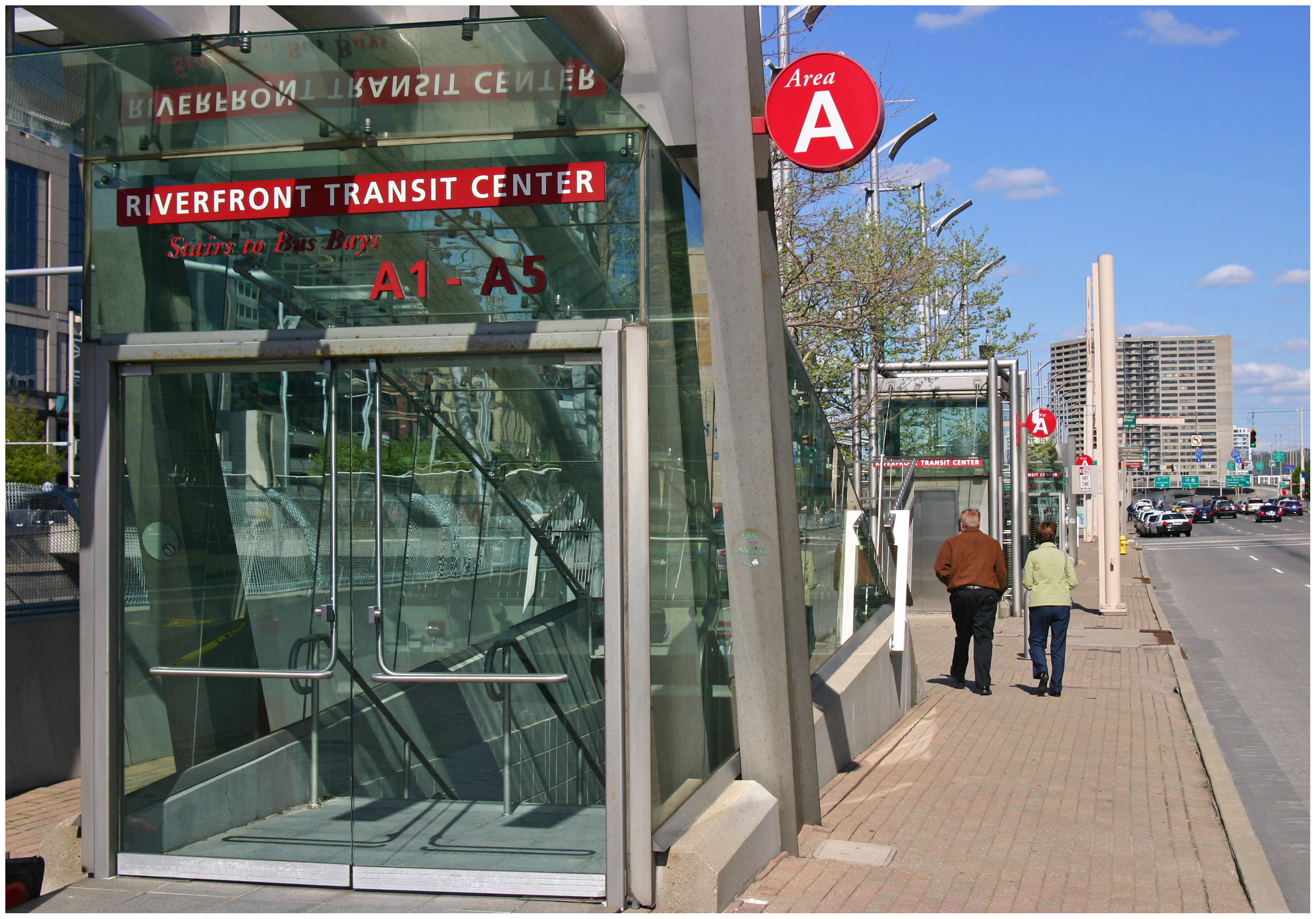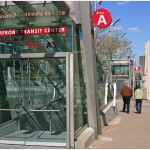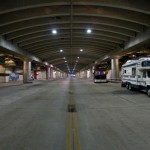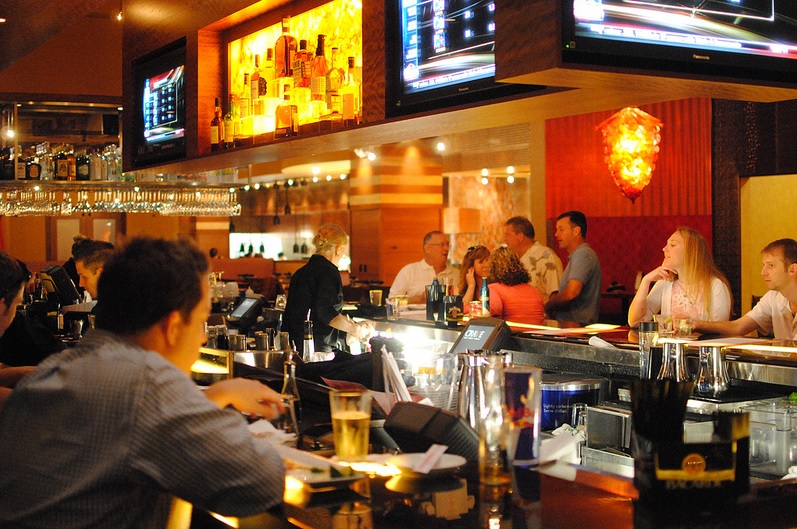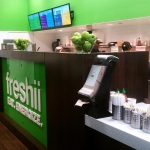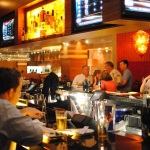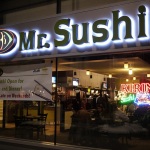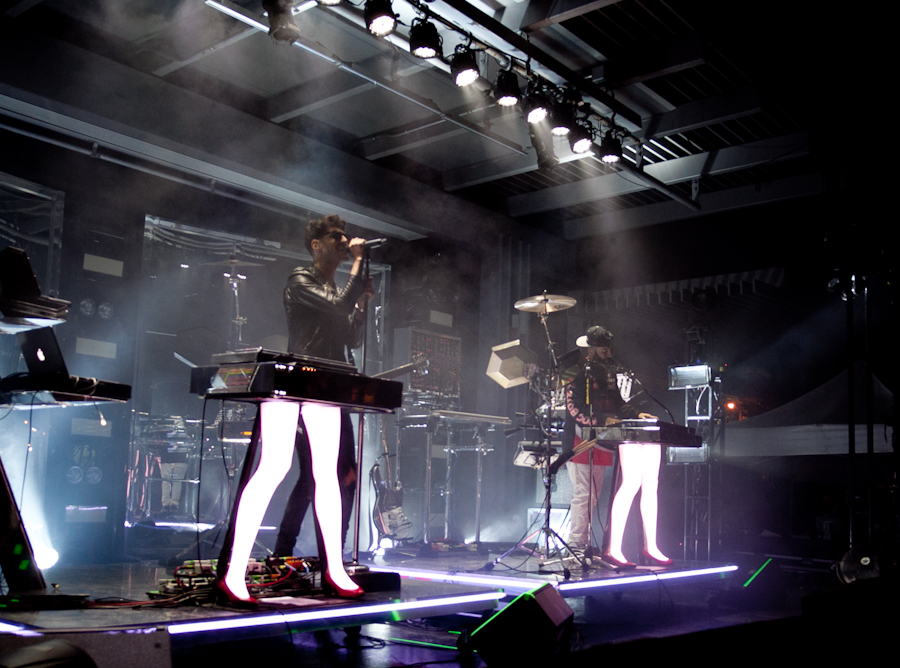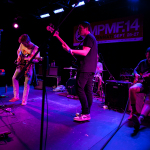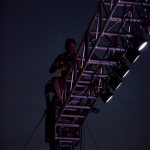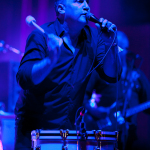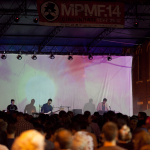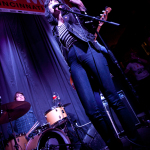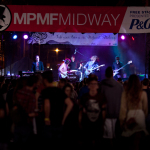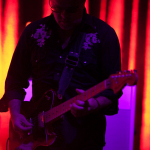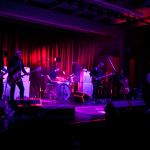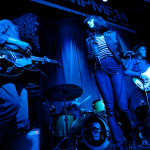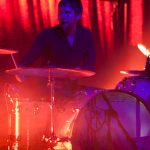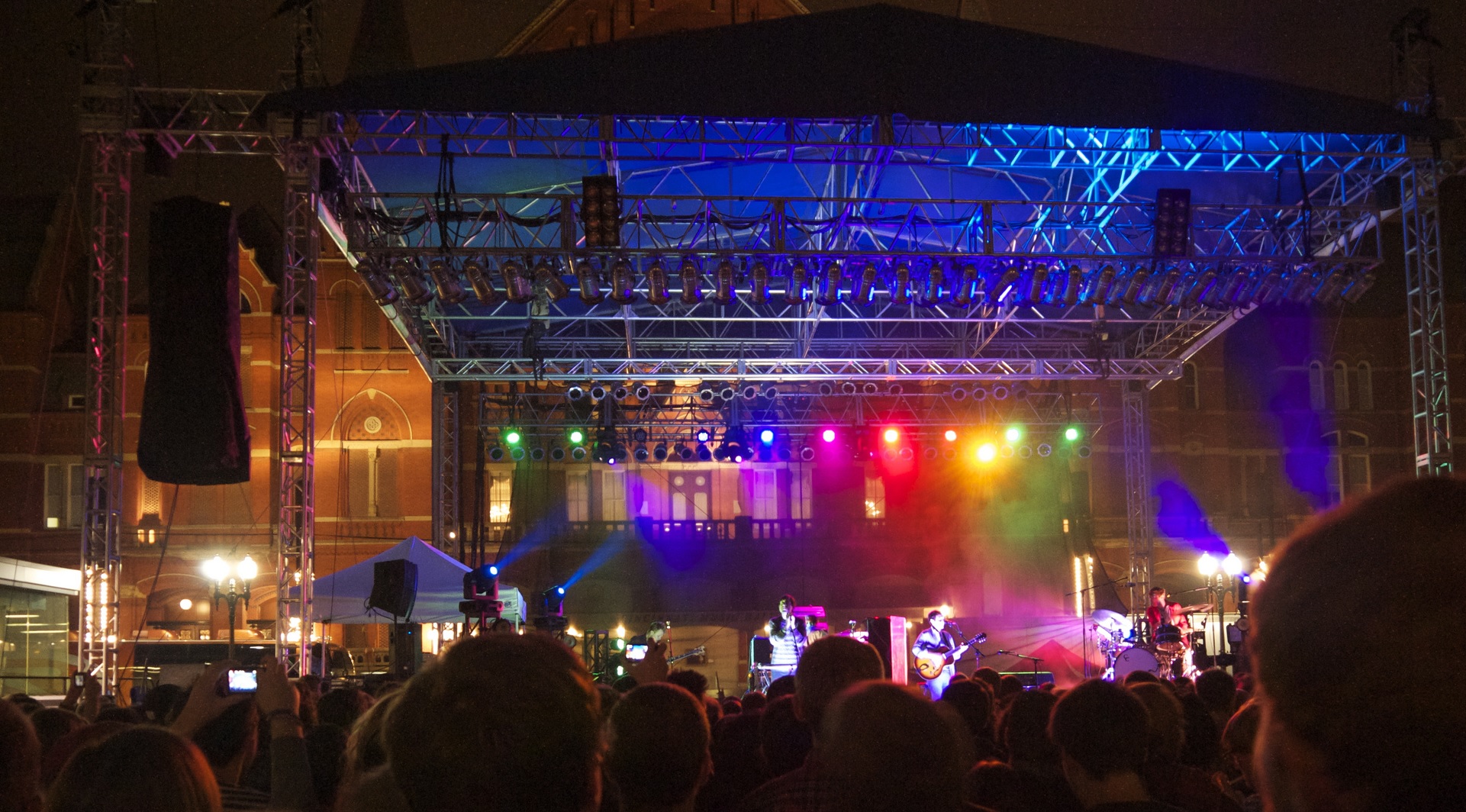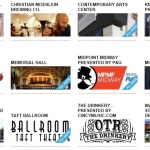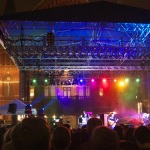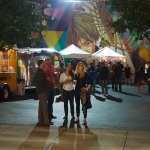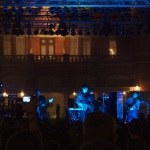The area in Over-the-Rhine south of Liberty Street has seen hundreds of millions of dollars of investment poured into it over the past five to seven years. The part of the 319-acre neighborhood north of Liberty Street, however, not so much.
While this makes sense for a number of reasons, especially considering that is where Cincinnati Center City Development Corporation (3CDC) placed their initial focus, it is a bit odd that one of the region’s landmarks – Findlay Market – was largely spared investment throughout this entire period. Yes, Ohio’s oldest public market saw gains in terms of sales and number of shoppers, but the area surrounding the 162-year-old market sat essentially untouched.
This is about to change.
With 3CDC acquiring a collection of properties from the City of Cincinnati surrounding Findlay Market, visitors to that area will soon see new life in the form of apartments, shops, offices and restaurants.
One of the earliest projects to be announced is the $14 million redevelopment of an entire block of Race Street that will be led by Model Group. When announcing the project to the public, the Walnut Hills-based development company also stated that the project would include a small grocery store.
With this project marching forward, and several others looming, how exactly does Findlay Market – the area’s longtime anchor – fit into the picture?
“The Corporation for Findlay Market expects to be heavily involved in all the new retail, working with property owners on product mix,” said Joe Hansbauer, President and CEO of Findlay Market. “We will be careful to make sure that competition exists, without diluting.”
With retail traditionally following the arrival of new residents, developers will need to take to ensure that appropriate demand exists in the area before introducing too much new retail. According to Hansbauer, that is already being considered, even with the potential arrival of a new grocery store across the street from Findlay Market.
“We are directly involved in the discussions, and even introduced the proprietor to Model Group,” Hansbauer explained with regard to the new grocer expected to come online with the development. “The concept will only work if what they offer compliments and fills holes in the product offerings of the market.”
He says that this has been a long-standing issue, with potential customers skipping trips to Findlay Market due to the inconvenience presented by not offering all of what they want or need. The idea is that additional retailers can help capture some of these missed shoppers now, thus adding to the customer base for existing vendors.
One of the biggest opportunities for the area, with the addition of new residents, office workers and shops, is the possibility for more activity during the weekdays and weekday evenings. As of now, these are some of the slowest times for vendors.
“Once it is proven that there are customers and business to be had, adjustments will be made,” Hansbauer emphasized. “As the neighborhood gets populated with office and residential, there will be higher demand for later hours.”
In a nod to the significant progress made over recent years, he went on to note that is was not long ago when Findlay Market was only three days per week, not six as it is presently, and had much more limited hours of operation. But in order to take the area to the next level, Hansbauer believes it may not just be food that helps drive the change.
“I think there is a lot of opportunity for complimentary retail near the market. We think the Findlay Market area will be a retail district in a similar way that Vine Street has become a restaurant district.”
With track work and stations being completed around Findlay Market right now for the Cincinnati Streetcar, it is not difficult to see the near future where those districts are seamlessly connected to one another, and other destinations that lie further south in the central business district.
